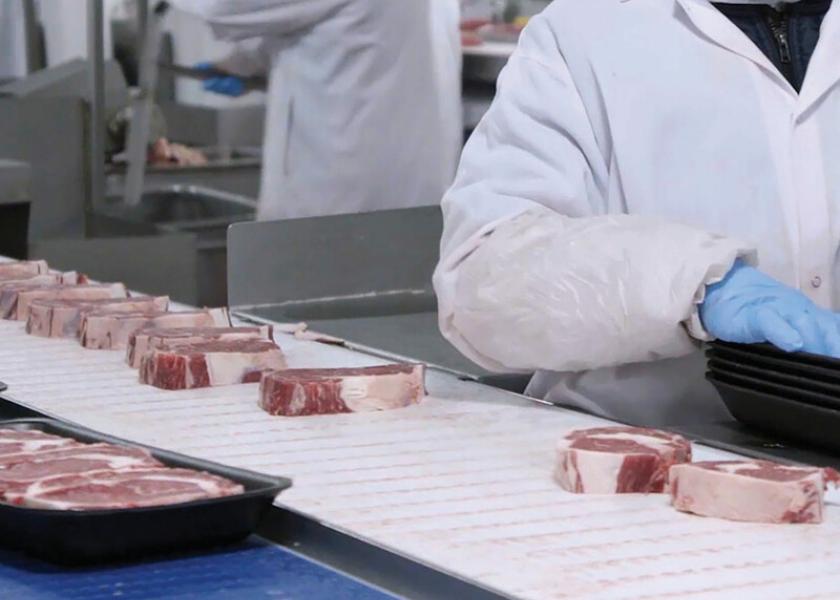Nalivka: Beef Industry Transformation

The following commentary is from John Nalivka, president, Sterling Marketing, Vale, Oregon.
I gave a presentation at a meat industry conference in 2006 where I discussed industry outlook and major challenges facing the red meat industry. Included in that list of challenges were labor, food safety, and capacity as the industry “builds brands and adjusts to a changing livestock industry.” That is the same statement I have made repeatedly in 2020 – 14 years later.
Further, in that 2006 presentation I stated the industry would face 1) more mergers and acquisitions to secure value-added production, 2) increasing trade disputes, and 3) increased consolidation. Last, I discussed that successful companies would 1) increasingly add more consumer value to the final product, 2) increasingly integrate through ownership and/or control all components of the supply chain into their business, and 3) increasingly define risk exposure faced by the business in order to manage that risk in dynamic, changing environment. I could use those same slides in 2020!
We tend to view packing-processing capacity in terms of slaughter. However, that is only the beginning. It is past the kill floor that the value-added process begins. Value-added production through further-processing is increasingly the key to success and profitability in this industry and this is where the challenge of labor also begins.
The challenge did not just begin with COVID-19. It began well before this year. So, how does a plant address the uncertainty of labor – automation and robotics. Robotics will be increasingly employed in the meat packing and processing industry which in turn also changes the education and skill set of future employees. Look at today’s dairy industry – robots! The entire topic of labor in the packing industry will turned on its head going forward. COVID-19 only magnified an already onerous issue.
New capacity is not simply building a plant to slaughter and fabricate cattle. Capacity is a much more complex topic including the entire process from selecting the right cattle to produce beef products that consumers demand. The future of cattle economics from genetic selection to herd management, and marketing will be increasingly tied to the final product and continually searching for efficiencies across that entire process.
The beef industry has and continues to move well beyond the old version of capacity to a new version that is supply chain oriented and requires a new vision of the beef business well beyond just building more packing plants.







